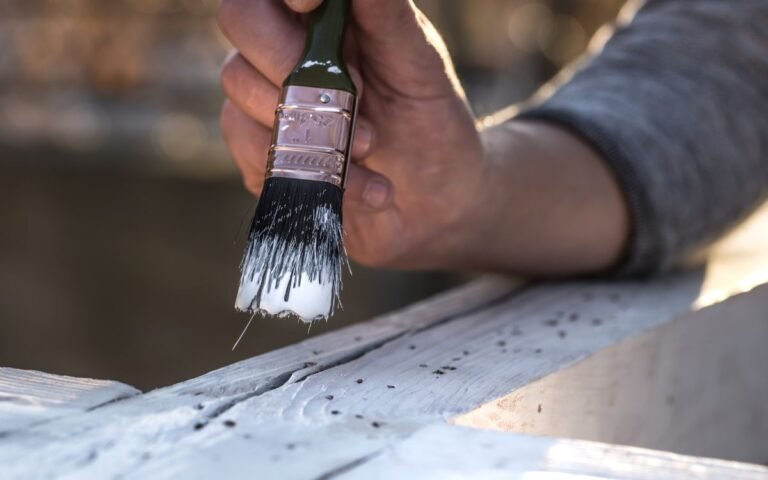Understanding Post Rot and Its Causes
Wooden posts support fences, decks, pergolas, and more, but their direct contact with soil makes them vulnerable to rot. Moisture, bacteria, and fungi break down wood over time, especially below ground, compromising structural integrity.
Common signs of post rot include soft or crumbling wood, leaning structures, or instability. Often, damage is hidden beneath the surface. Regular seasonal inspections are key to catching early decay and avoiding larger repairs.
Traditionally, posts are set with concrete, but this method can trap water and increase the risk of rot. It’s also labor-intensive and slow to cure. Foam post anchor installation offers a modern alternative: lightweight, easy to use, and quick to set. These expanding foams create a tight, water-resistant seal that locks the post in place, often in just a few hours.
Advantages of Using Foam Anchor Systems
Foam anchor systems provide strong adhesion by expanding to fill every gap, reducing movement and settling over time. They cure within minutes, allowing for faster project completion than concrete, which can take days.
These products are also designed to endure temperature swings, moisture, and soil movement, making them ideal for most climates. Unlike concrete, foam eliminates the need for mixing or heavy lifting. For homeowners or DIYers seeking efficient repairs, foam anchor kits are a convenient and durable option.
Materials and Tools Needed
- Replacement post (preferably pressure-treated or composite)
- Foam anchor kit (matched to your post size)
- Shovel or post-hole digger
- Level
- Gloves and safety glasses
- Measuring tape
- Bracing materials (stakes and clamps)
Step-by-Step Guide
Remove the Rotten Post
Dig around the old post and remove it fully. Clear the hole of debris, old concrete, or roots to ensure a clean installation space.
Prepare the Hole
Ensure the hole is wide enough for the post and foam. A common rule is to bury one-third of the post’s height. Go below the frost line if necessary to prevent future heaving.
Insert the New Post
Place the new post in the hole and hold it upright. Use a level to check for vertical alignment and secure it with braces.
Mix and Pour the Foam
Wear gloves and goggles, and follow the instructions to mix the foam components. Once activated, pour the mixture into the hole. The foam will rapidly expand, locking the post in place.
Allow the Foam to Cure
Avoid disturbing the post while the foam sets. Though it hardens quickly, full strength may take a few hours. Follow the manufacturer’s guidelines for curing time.
Trim Excess Foam
After curing, trim any foam that expanded above the surface using a handsaw or knife. Remove braces and tidy the area with soil for a clean, finished look.
Safety Tips
- Always wear protective gloves and eyewear, especially during mixing.
- Work in a ventilated area to avoid inhaling fumes.
- Follow the foam kit’s instructions carefully to avoid mishandling or improper setup.
Preventing Future Rot
Choose pressure-treated or composite posts to resist decay. Apply waterproof sealant to the buried portion of the post and the base area for added protection. Grade soil around the base to direct water away, and inspect posts annually for signs of wear or insect activity.
Conclusion
Replacing a rotten post with a foam anchor system is a fast, effective, and long-lasting solution. It reduces physical effort, speeds up curing, and strengthens your structure against future decay. With the right tools and a few hours, you can protect your fence, deck, or pergola for years to come. Don’t wait for a full collapse—act now to keep your outdoor structures safe and strong.

